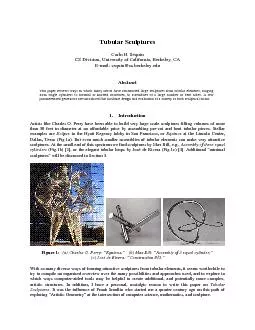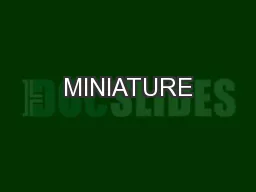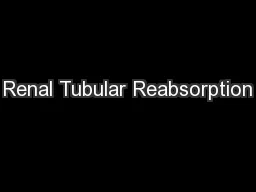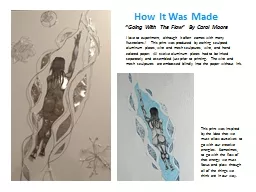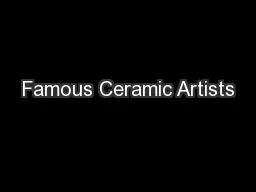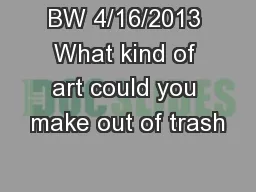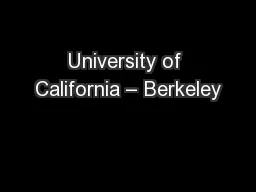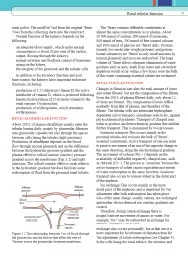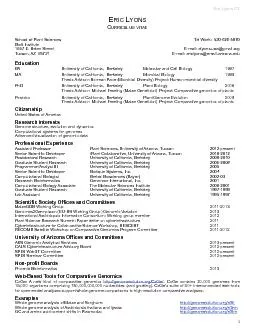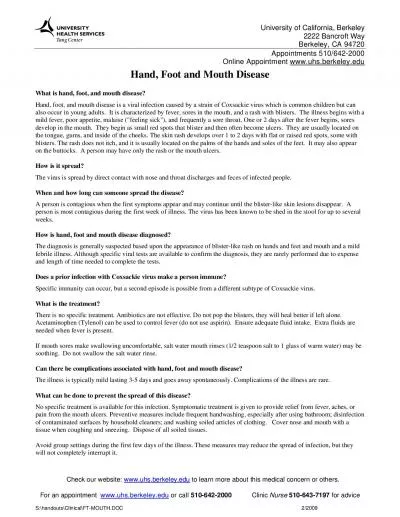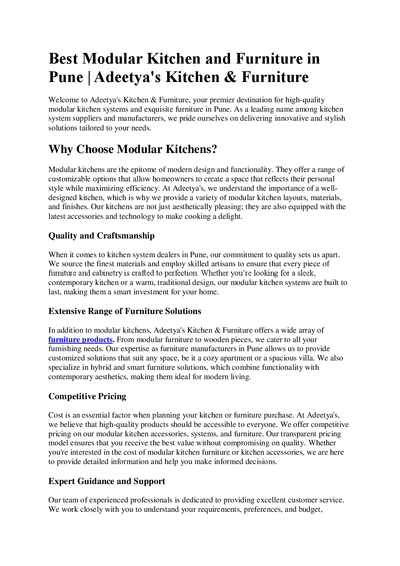PDF-Tubular Sculptures CS Division, University of California, Berkeley, CA
Author : lindy-dunigan | Published Date : 2015-10-18
that this arrangement made from simple straight cylinders cannot be divided into two groups that can then be separated with a rigidbody motion 20 In the context
Presentation Embed Code
Download Presentation
Download Presentation The PPT/PDF document "Tubular Sculptures CS Division, Universi..." is the property of its rightful owner. Permission is granted to download and print the materials on this website for personal, non-commercial use only, and to display it on your personal computer provided you do not modify the materials and that you retain all copyright notices contained in the materials. By downloading content from our website, you accept the terms of this agreement.
Tubular Sculptures CS Division, University of California, Berkeley, CA: Transcript
Download Rules Of Document
"Tubular Sculptures CS Division, University of California, Berkeley, CA"The content belongs to its owner. You may download and print it for personal use, without modification, and keep all copyright notices. By downloading, you agree to these terms.
Related Documents

